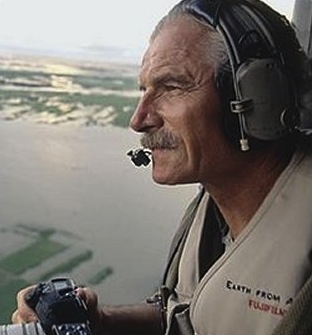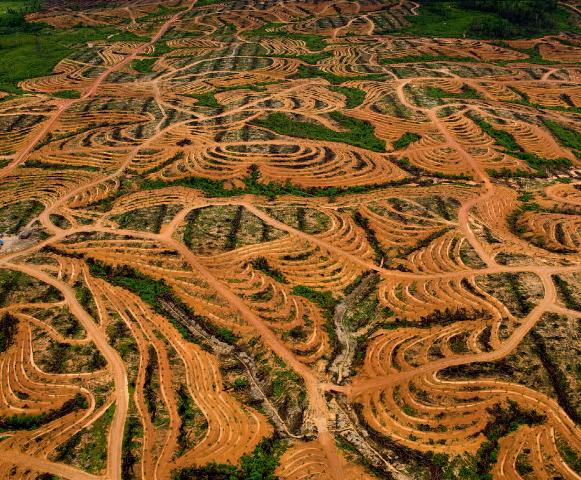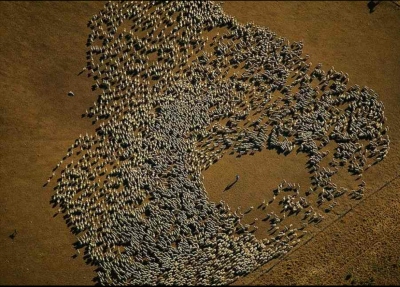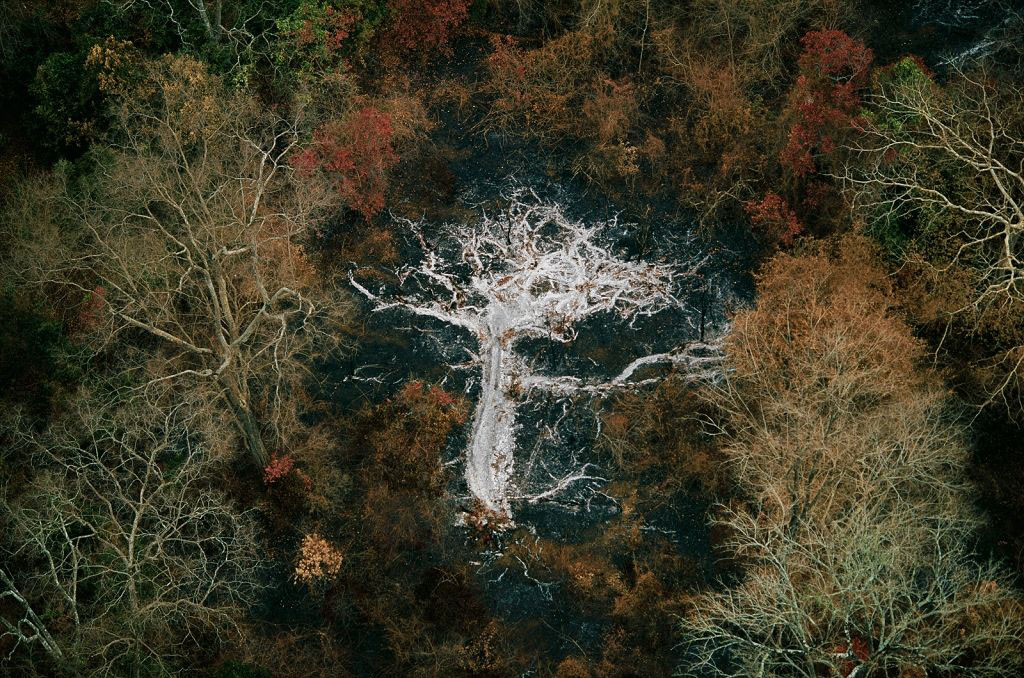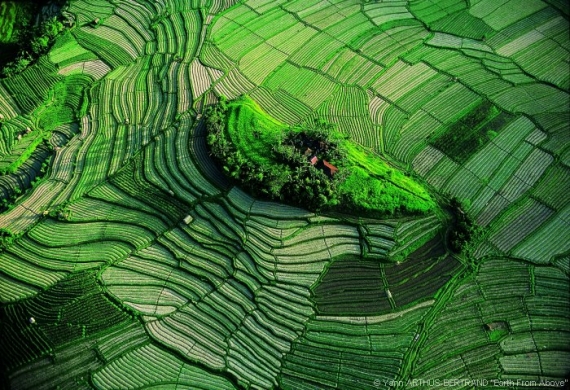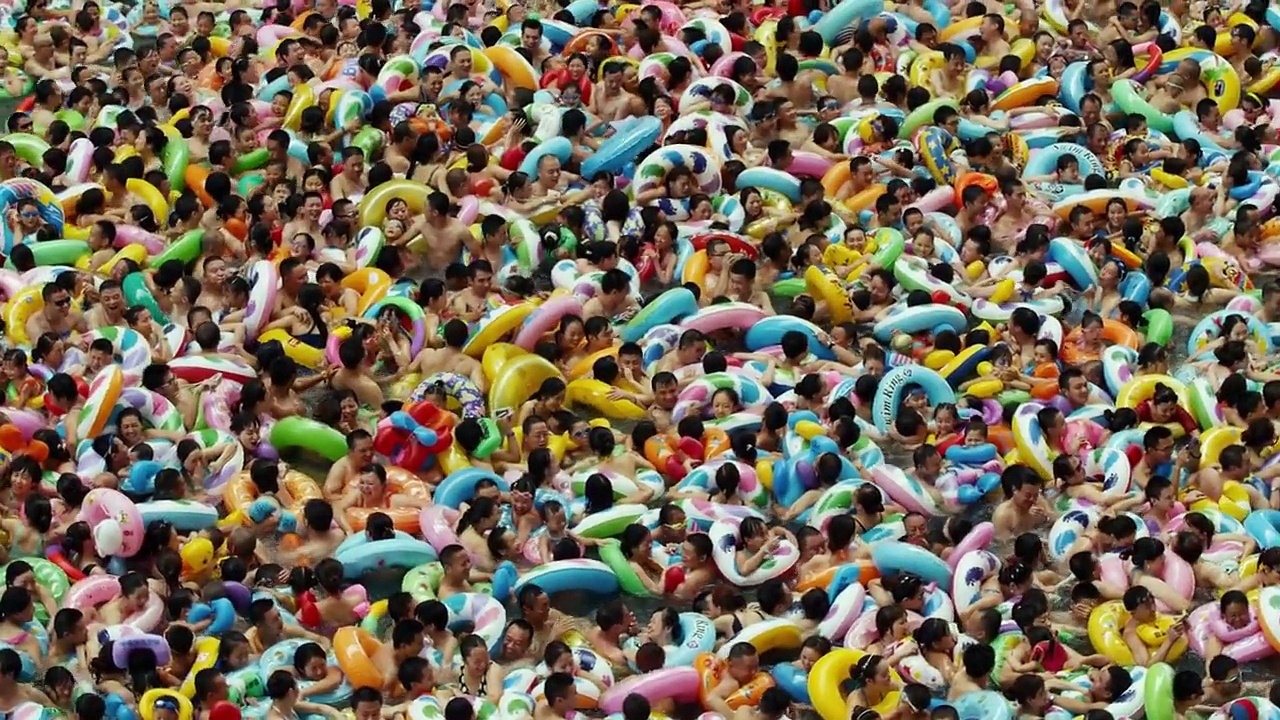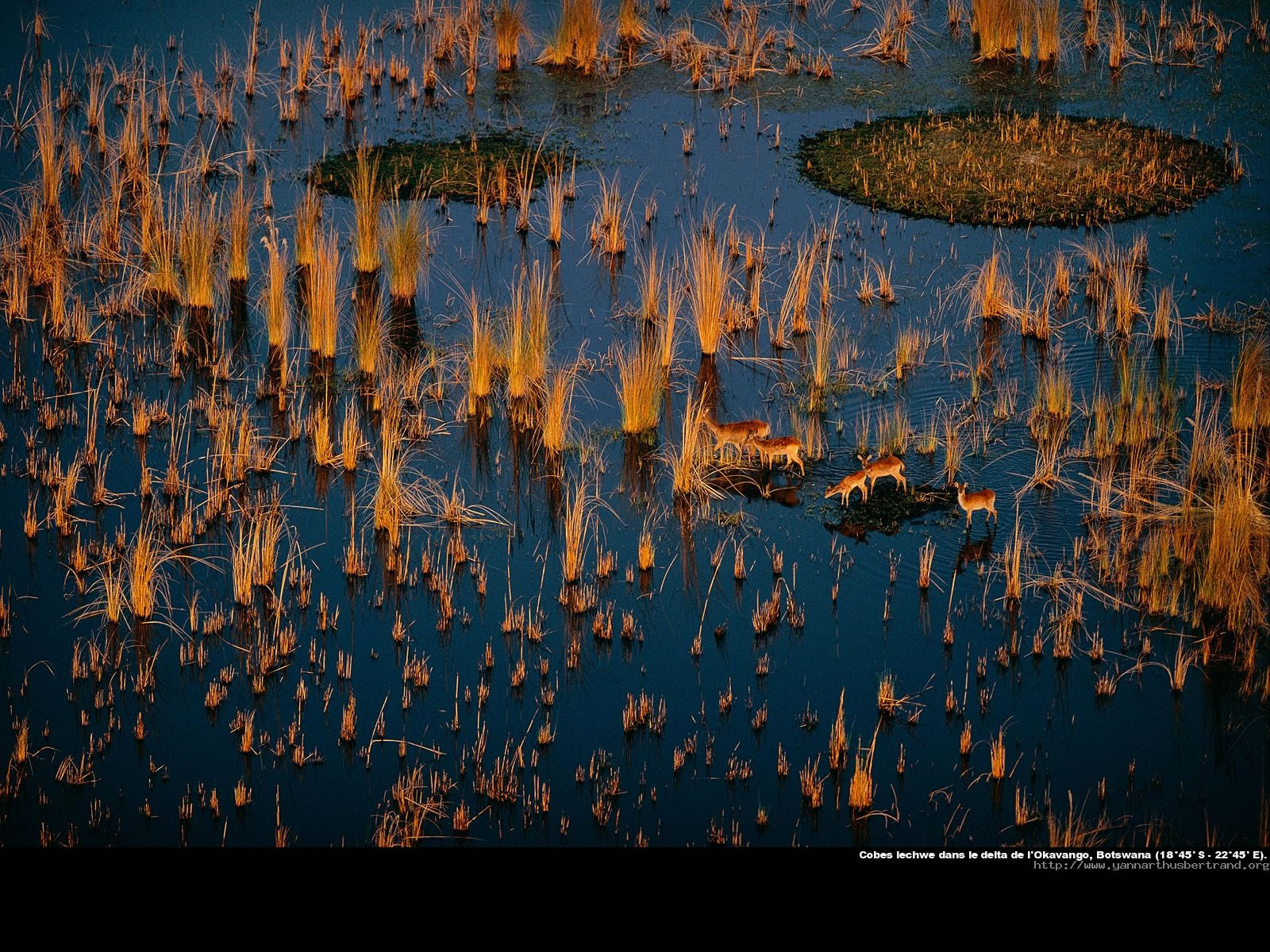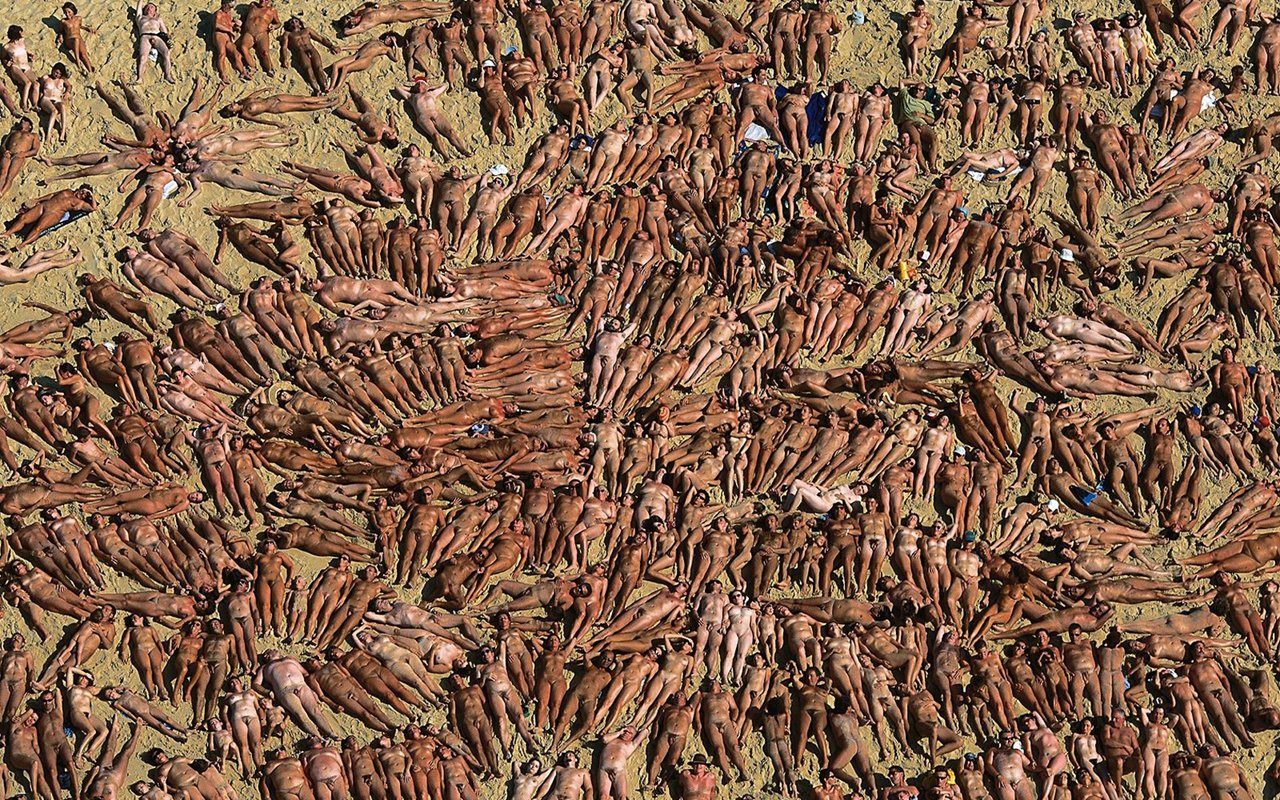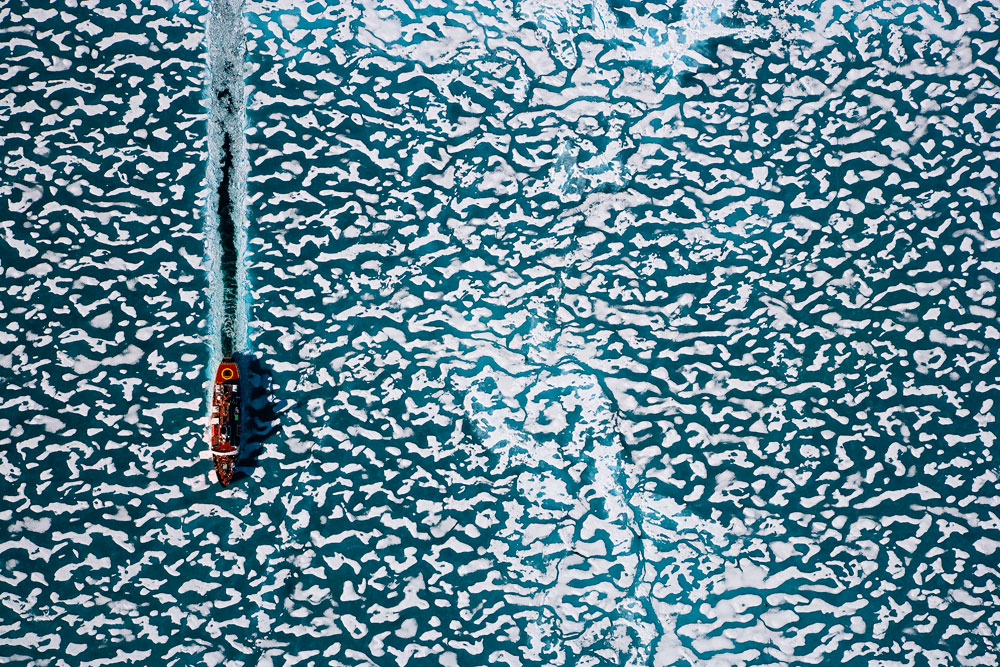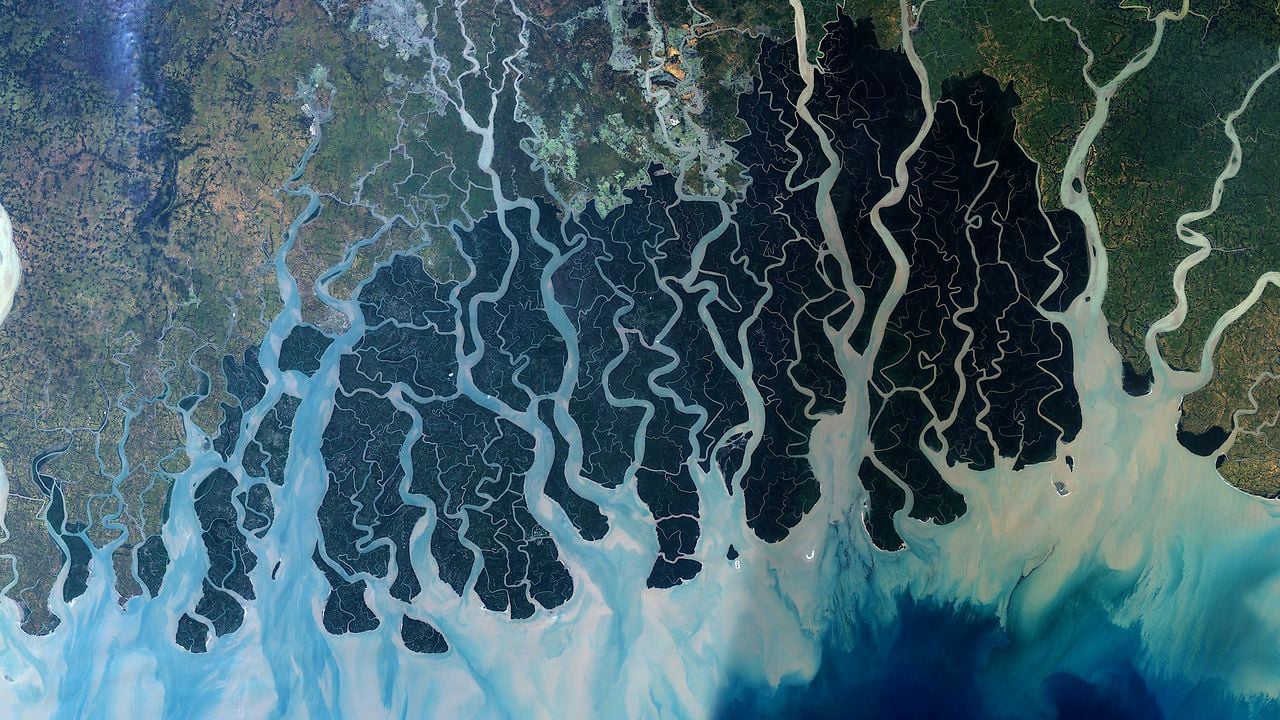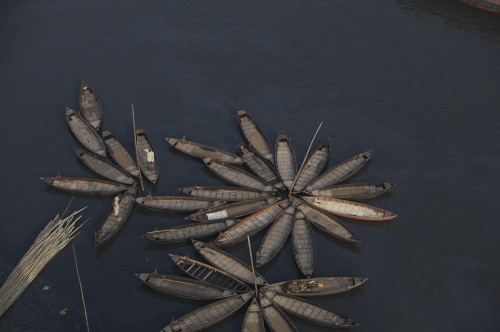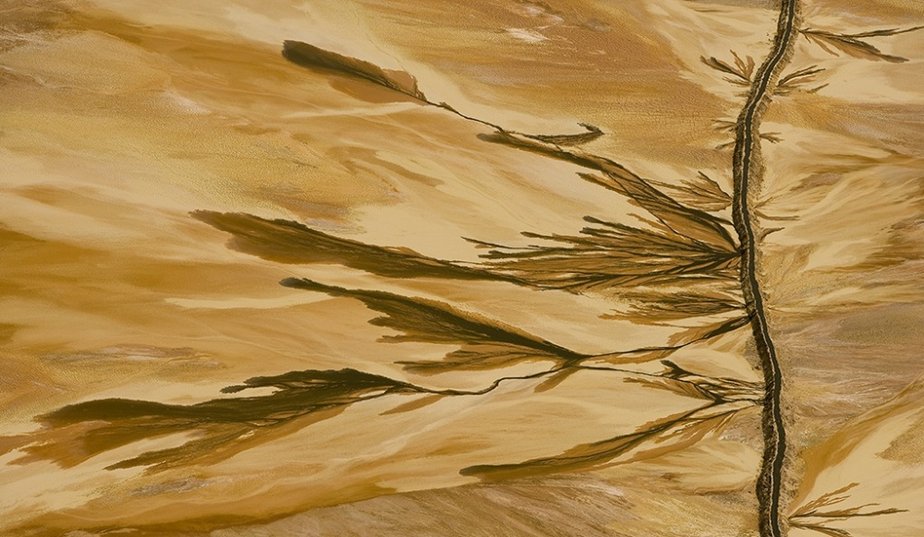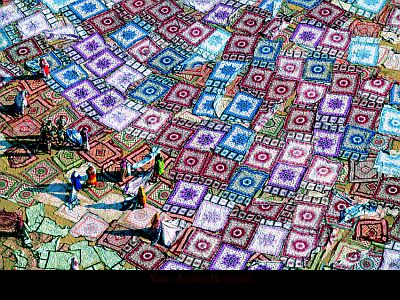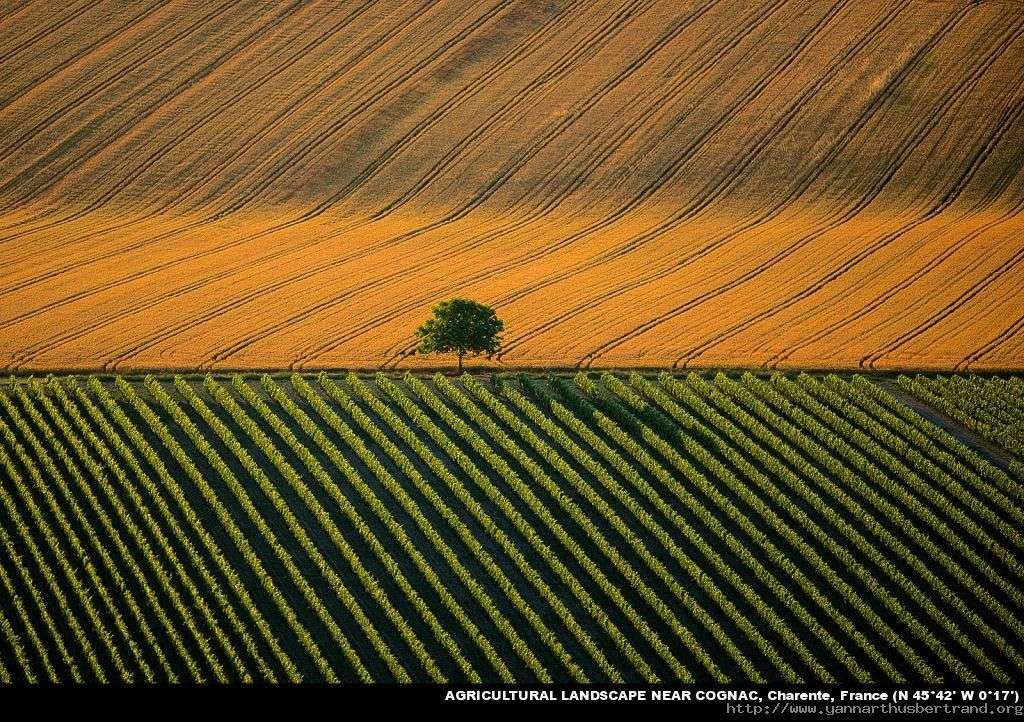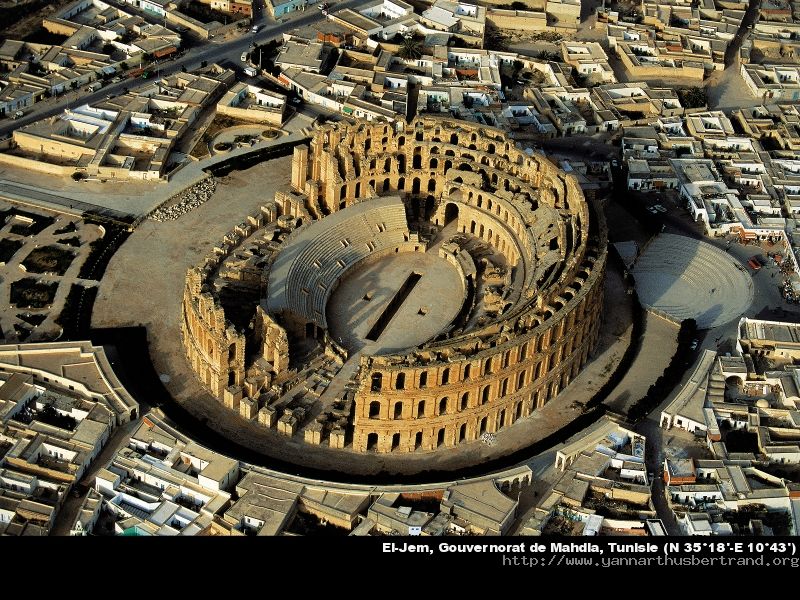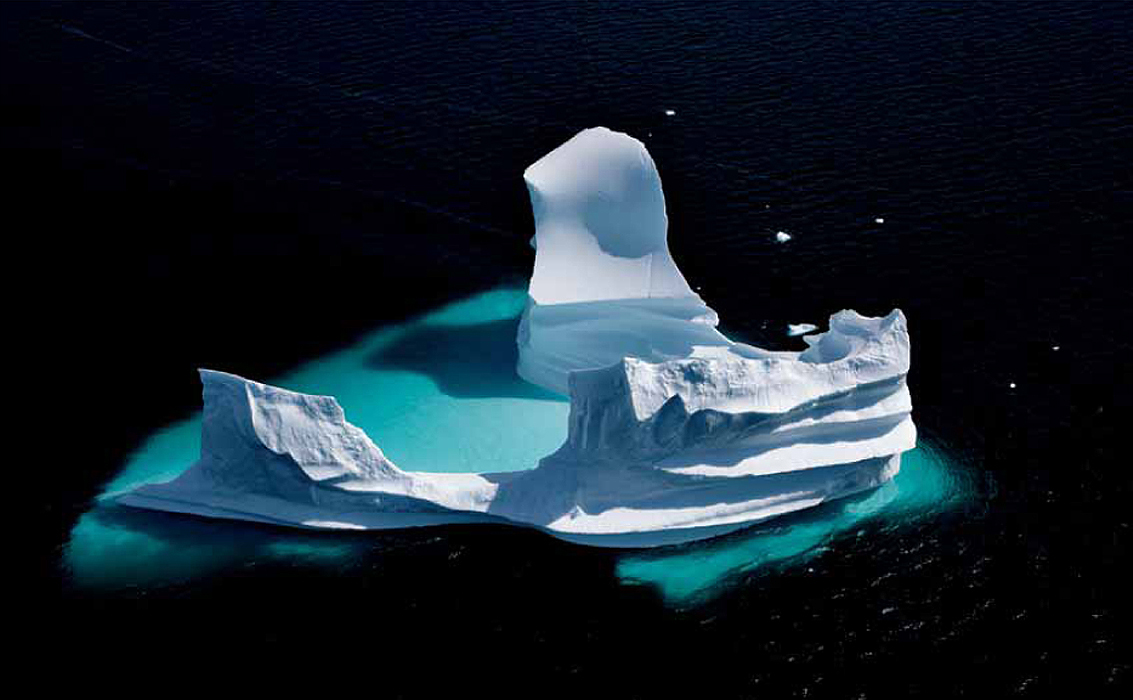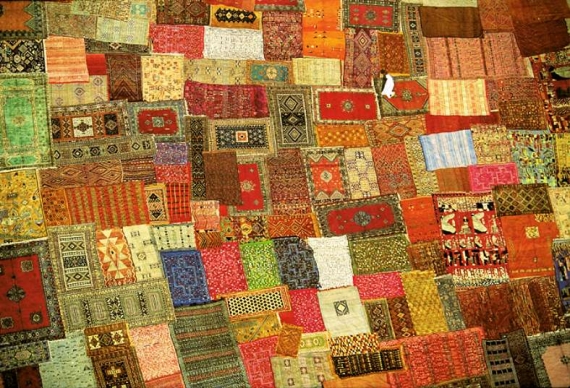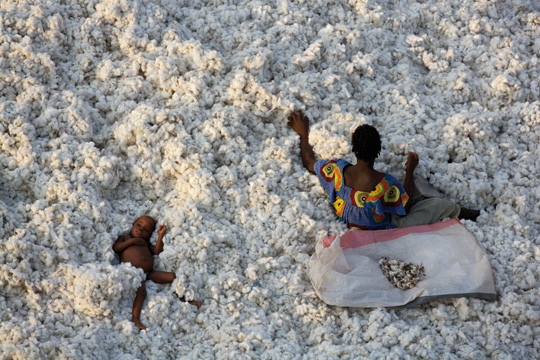
Yann ARTHUS-BERTRAND (1946- )
Yann Arthus-Bertrand est un photographe, reporter, documentariste et écologiste français, né le 13 mars 1946 à Paris. Il préside la fondation GoodPlanet.
Son livre La Terre vue du ciel, paru pour la première fois en 1999 et dont a été tiré un documentaire du même nom en 2004, est un best-seller mondial.
En 1991, il crée l'agence Altitude, première agence de presse et banque d'images de photographie aérienne dans le monde qui réunit plus de 350 000 vues issues de plus d'une centaine de pays survolés par plus de 100 photographes.
En 1994, avec le parrainage de l'Unesco, Yann Arthus-Bertrand entreprend de faire l'inventaire des plus beaux paysages du monde vus du ciel. Ce projet, intitulé La Terre vue du ciel, a comme credo : « Témoigner de la beauté du monde et tenter de protéger la Terre ». Il donnera naissance au livre du même nom, phénomène de l'édition, avec plus de 3 millions d'exemplaires vendus en 24 langues.
Yann Arthus-Bertrand est photographe, reporter, documentariste et écologiste français, né le 13 mars 1946 à Paris.
Yann Arthus-Bertrand est un photographe, reporter, documentariste et écologiste français, né le 13 mars 1946 à Paris. Il préside la fondation GoodPlanet.
Son livre La Terre vue du ciel, paru pour la pr ...
